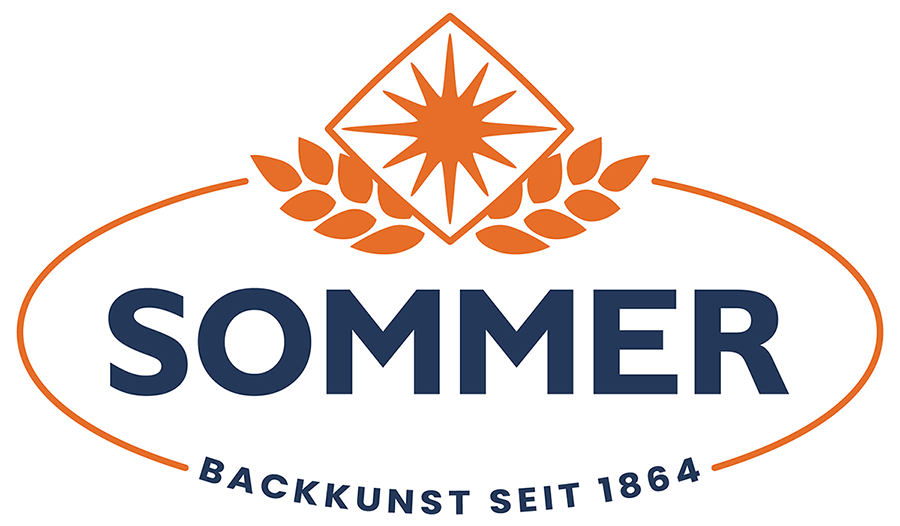From the field to the shelf
Granted, most modern mills will probably not look quite as romantic as they do in the photo. What is the same then as now, however, is the craftsmanship, intuition and expertise with which millers process a wide variety of grains into flour, meal and semolina.
Without them we could not produce amaretti, bread chips or cantuccini. Without them we would not have spelt, barley or wheat flour. After the grain has been harvested, it is further processed by mills. Our partner mills can look back on a long tradition. For generations, only the best grain from organic farming has been processed into high-quality flour using traditional craftsmanship. The millers know exactly where the grain comes from.
Here is a brief insight into the work in a mill: The grain is delivered, screened and then stored in so-called grain silos. In a multi-stage process, the grain is then cleaned and prepared for milling. This is where modern technology and traditional handwork intertwine. Finally, the grain is milled into various types of flour, meal and semolina and inspected. If it passes the quality test, the flour is stored until it is packaged and shipped. If there are specific requirements for a dough, then flours adapted to them are carefully mixed to create the perfect characteristics. For example, for our Pane Picco we need special flour, which we get from our partner mills in addition to normal flours.
We put special emphasis on a long-term relationship, trustful cooperation and open communication with our partner mills. We are sure that this is the only way we can produce outstanding baked goods.

